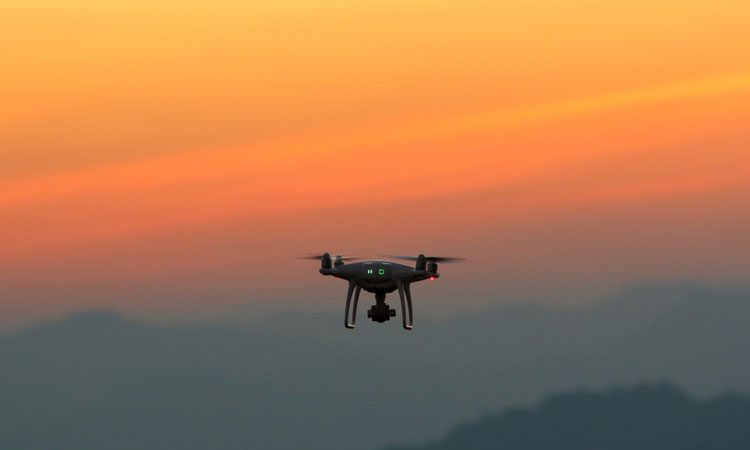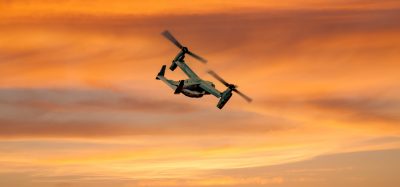New regulations to make India world-leading drone ecosystem
- Like
- Digg
- Del
- Tumblr
- VKontakte
- Buffer
- Love This
- Odnoklassniki
- Meneame
- Blogger
- Amazon
- Yahoo Mail
- Gmail
- AOL
- Newsvine
- HackerNews
- Evernote
- MySpace
- Mail.ru
- Viadeo
- Line
- Comments
- Yummly
- SMS
- Viber
- Telegram
- Subscribe
- Skype
- Facebook Messenger
- Kakao
- LiveJournal
- Yammer
- Edgar
- Fintel
- Mix
- Instapaper
- Copy Link
Posted: 29 August 2018 | International Airport Review | No comments yet
New drone regulations set to put India on drone development map, while app is hoped to instil “no permission, no take off” in drone users.


The Ministry of Civil Aviation has been working for several years to establish a world-leading drone ecosystem in India. To that end, it was necessary to develop global standard drone regulations that would permit, with appropriate safeguarding, the commercial application of various drone technologies. The preparation of these drone regulations through a Civil Aviation Requirement (CAR) has taken multiple years because: (1) drone technologies have been evolving rapidly; (2) many countries still experimenting with their drone regulations and no ICAO standards have been developed; and (3) India’s security environment necessitates extra precautions.
Instead of simply digitising a paper-based process for registering and operating drones, India has formulated an all-digital process. The Digital Sky Platform is the first-of-its-kind national unmanned traffic management (UTM) platform that implements “no permission, no take off” (NPNT).
Users will be required to do a one-time registration of their drones, pilots and owners. For every flight (nano category exempt), users will be required to ask for permission to fly on a mobile app and an automated process permits or denies the request instantly.
To prevent unauthorised flights and to ensure public safety, any drone without a digital permit to fly will simply not be able to take off. The UTM operated as a traffic regulator in the drone airspace and coordinates closely with the defence and civilian air traffic controllers (ATCs) to ensure that drones remain on the approved flight paths.
Drone regulation 1.0 has now been announced; these regulations will enable the safe, commercial usage of drones, beginning 1st December 2018. The regulations are intended to enable a visual line-of-sight daytime-only and a maximum of 400 ft altitude operations.
Air space has been partitioned into Red Zone (no flying permitted), Yellow Zone (controlled airspace) and Green Zone (automatic permission).
The Drone Task Force, under the chairmanship of the Minister of State, will provide draft recommendations for the Drone Regulations 2.0. These regulations will examine, among other things, the following:
- Certification of safe and controlled operation of drone hardware and software
- Airspace management through automated operations linked into overall airspace management framework
- Beyond visual-line-of-sight operations
- Contribution to establishing global standards
- Suggestions for modifications of existing CARs and/or new CARs.
Minister of Civil Aviation, Shri Suresh Prabhu, said: “We start an exciting new chapter in India’s aviation history by allowing commercial use of drones. I am sure that many new and exciting applications will emerge that will propel India’s economy forward. Our progressive regulations will encourage a vast Made in India drone industry.”
Minister of State, Shri Jayant Sinha, said: “We want to establish a world-leading drone ecosystem. The regulations firmly place us among the global leaders. Our policy roadmap will certainly provide a strong impetus to all players in the drone ecosystem. We hope that these initiatives will enable us to create a vibrant new industry.”
Related topics
Air traffic control/management (ATC/ATM), Airside operations, Apps, Communication Technology, Drones, Economy, Regulation and Legislation, Safety

















